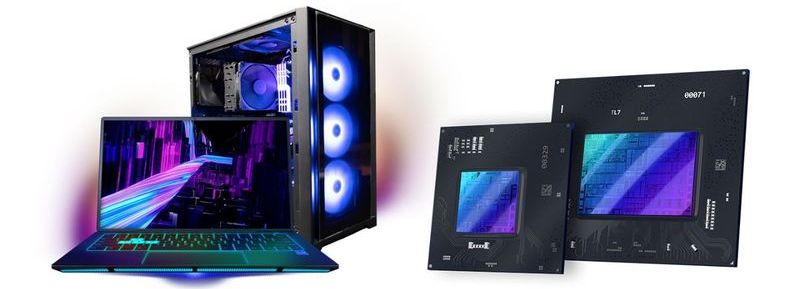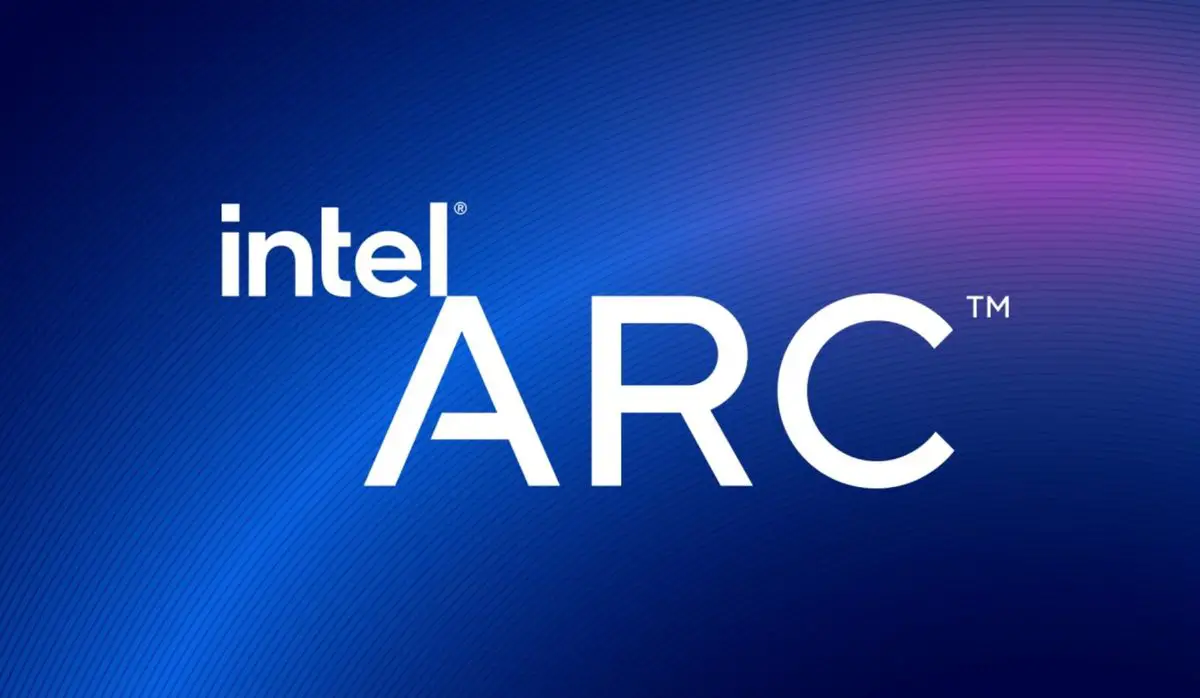Intel ARC is the new brand of the company, it will be graphics cards that want to tempt gamers and compete with the best of NVIDIA and AMD.
What is Intel ARC?
Intel has been working on its own high-performance graphics solutions for years. First, we saw some timid launches and then others aimed at data centers and finally solutions for ultraportables thanks to Iris Xe, but the real ‘menene’ was in high-end graphics cards aimed at end-users and, above all, gamers.
Now the company has announced the birth of Intel Arc, the brand name for its family of graphics cards aimed at end-users. Those are those that will compete with NVIDIA’s GeForce RTX and AMD’s Radeon RX and will try to conquer users and gamers in this field. The first graphics cards of this family will arrive in early 2022.
The semiconductor giant indicated in its official announcement that the first GPUs, codenamed ‘Alchemist’ (formerly Xe DG2), will appear during the first quarter of 2022, and will do so with both variants intended for notebooks and variants intended for desktop PCs.

It is certainly difficult to imagine that Intel will be able to reach the performance offered by NVIDIA and AMD graphics cards right off the bat, but if anyone has the resources to achieve something like this, it is AMD, which years ago signed Raja Koduri who had led this segment at AMD, and returned to a market it had abandoned years ago.
With Intel Arc, the company is proposing graphics cards that will support technologies commonly used in video games and content creation/playback, and also promises support for real-time ray tracing and even a theoretical competitor to NVIDIA DLSS and AMD Fidelity FX Super Resolution, the ‘evolved anti-aliasing’ systems of its competitors.
Intel indicates that the future products of the Intel Arc family are based on the Xe-HPG microarchitecture, which is the convergence of Intel Xe LP, HP, and HPC microarchitectures for different product types.
In addition to ‘Alchemist’, Intel has talked about future generations of GPUs codenamed ‘Battlemage’, ‘Celestial’, and ‘Druid’. The company is expected to provide more details on Intel Arc before the end of the year, but one thing is for sure: it’s getting lively.





